What are the effects of over-hammering or under-hammering on the performance and installation integrity of hammer-driven anchors
2025-10-131. Accuracy Requirements for Hammer Drive Anchor Installation
A hammer drive anchor is a fastener that relies on the principle of mechanical expansion for anchoring. Its core working mechanism is that the drive pin is forcibly wedged into the anchor body by hammering, forcing the expansion section to expand radially, generating a strong locking force and friction against the base material (such as concrete).
The reliability of this expansion mechanism depends entirely on the appropriate and precise control of the hammer force. During installation, any deviation from the manufacturer's recommended hammer force—either over-hammering or under-hammering—can have irreversible negative effects on the anchor's load-bearing performance and installation integrity. Understanding the consequences of these two errors is crucial for any project requiring high reliability and safety.
2. Under-hammering: Potentially Disastrous Consequences
Under-hammering typically refers to the failure to fully drive the drive pin to the intended position within the anchor body, resulting in the expansion section failing to achieve the designed radial expansion.
Performance Impact: Severely Reduced Bearing Capacity
Lack of Locking Force: The nail shaft is not fully wedged, resulting in significantly low or no effective contact pressure between the expansion section and the base material hole wall. This directly leads to insufficient friction and a significant reduction in the tensile strength of the anchor.
Weakened Shear Resistance: While the shear strength of mechanical anchors primarily depends on the strength of their steel, under-hammering can result in a slight gap between the anchor body and the hole wall. When subjected to shear loads, this gap can cause initial displacement of the anchor, known as slippage, compromising the stiffness and stability of the connection.
Fatigue and Vibration: In applications subject to vibration or alternating loads, under-hammered anchors can experience a weak lock and easily loosen or back out under load, ultimately leading to joint failure and posing a serious safety hazard.
Installation Integrity Impact: Displacement and Visible Defects
Excessive Displacement: During on-site pull-out tests, under-hammered anchors often exhibit displacement exceeding specification requirements at relatively low loads, indicating insufficient anchor stiffness.
Visual Visibility: The most direct criterion for determining if the exposed height or penetration depth of the anchor shaft does not meet specifications. Excessive protrusion of the anchor shaft indicates incomplete expansion and may also hinder the smooth installation of the fastened object.
III. Over-hammering: Substrate Damage and Structural Risks
Over-hammering refers to applying axial thrust exceeding the design requirement, causing the anchor shaft to be driven too deep or causing plastic deformation of the anchor body and substrate.
Performance Impact: Substrate Damage and Brittle Failure
Increased Risk of Concrete Cone Failure: Over-hammering generates excessive radial compressive and circumferential tensile stresses around the expansion section of the anchor bolt. While the initial pullout resistance may appear high, this actually compromises the integrity of the concrete surrounding the anchor bolt. Excessive localized stresses may lead to premature micro-cracks in the concrete, especially when edge distance or spacing is insufficient. This significantly increases the risk of brittle failure due to concrete conical failure.
Plastic Deformation of the Anchor Body: Extreme over-hammering can cause the expansion section of the anchor body to flatten, crack, or excessively squeeze against the anchor shaft. This plastic deformation reduces the strength and toughness of the steel, compromising the structural integrity of the anchor.
Impact on Installation Integrity: Damage and Irreparability
Damage to the Hole: The most obvious sign is the concrete or masonry surrounding the base material hole being crushed or shattered by the force of the hammer or excessive expansion. This not only affects appearance but also weakens the anchor's bearing surface.
Over-sinking of the Shaft: The shaft sinks completely into the anchor body, even below the top surface, making inspection or re-tightening impossible. This indicates that the anchor has been subjected to axial loads exceeding its design limit.
Inability to Adjust: Once a hammer-type anchor is over-hammered, the expansion section is permanently deformed and may damage the base material. The anchor cannot be removed and reinstalled, and effective adjustment is impossible. It must be scrapped and re-drilled nearby, wasting time and materials.




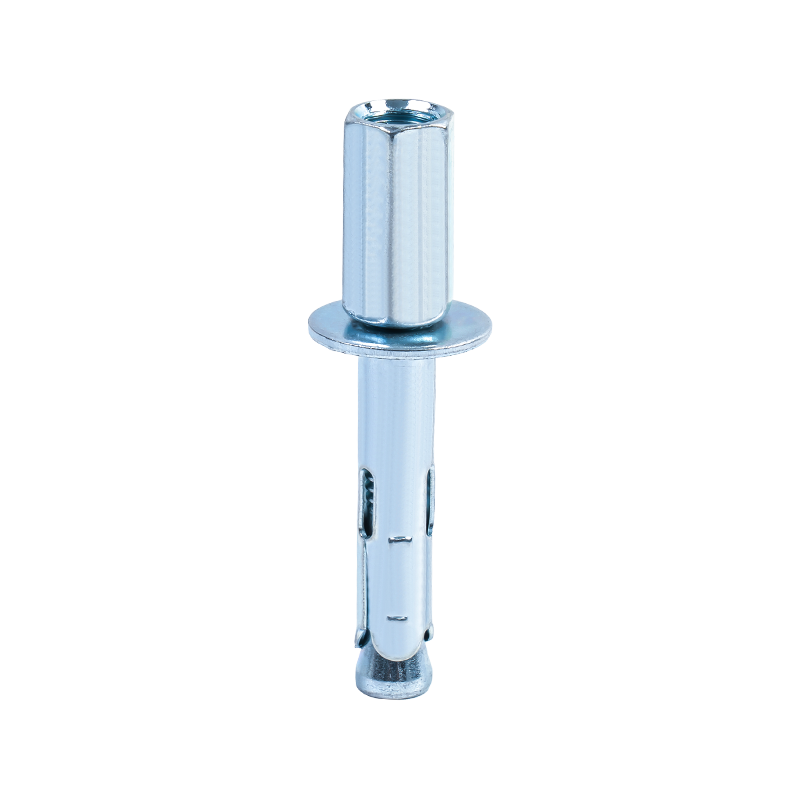
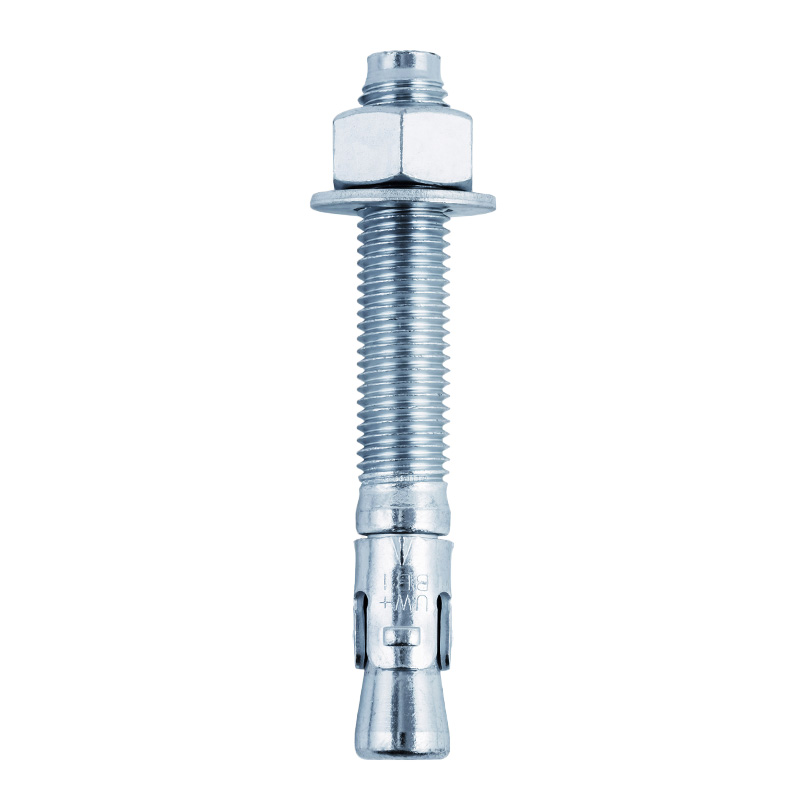
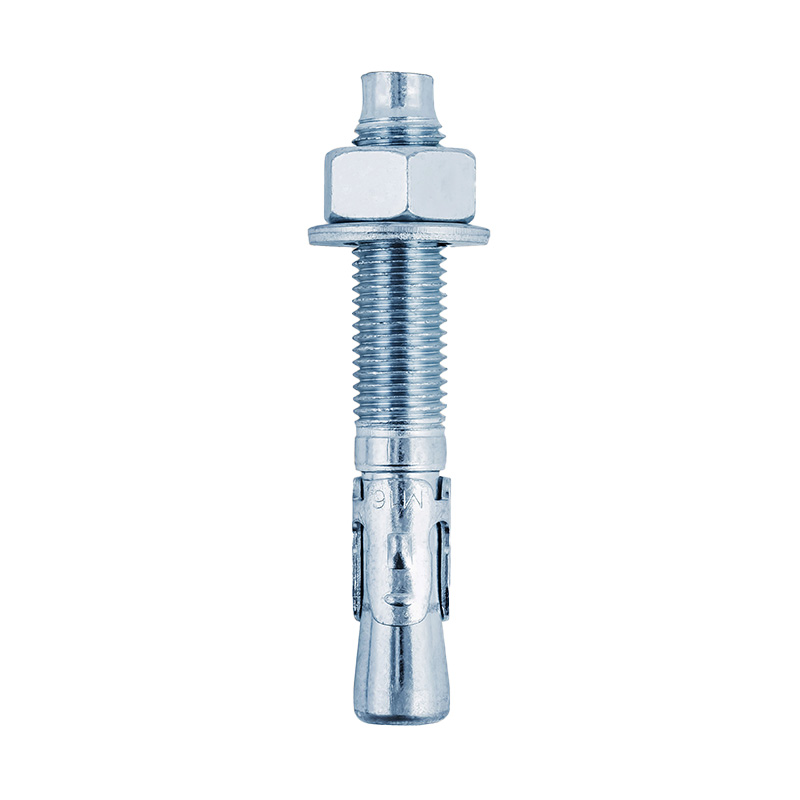
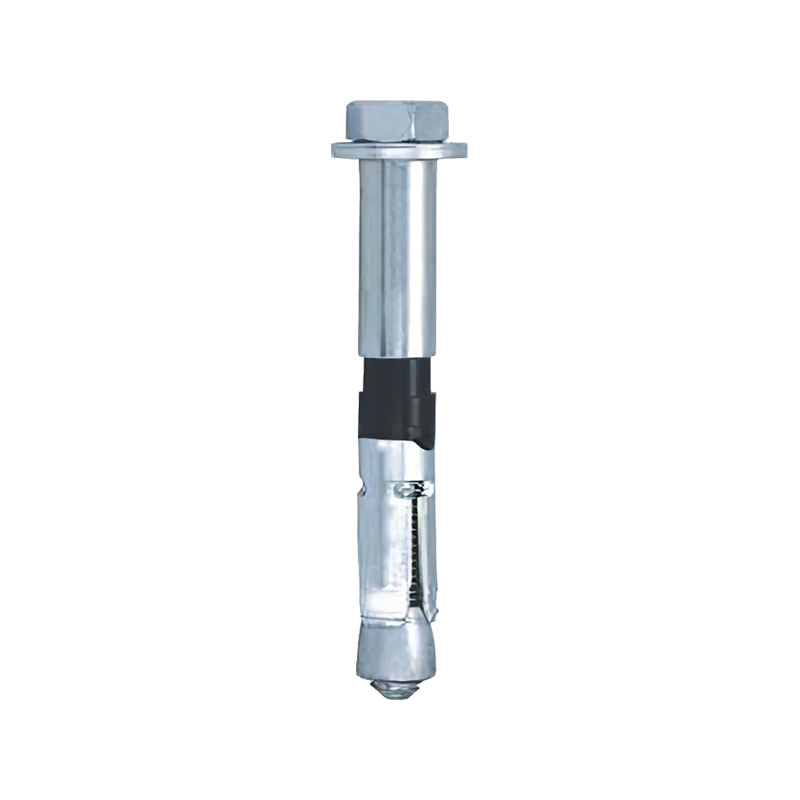
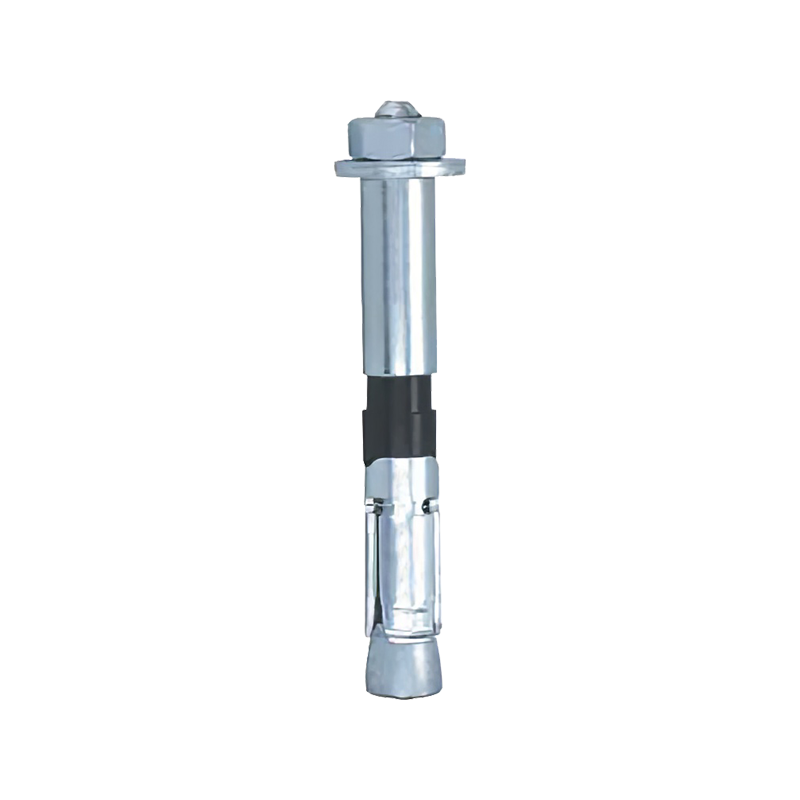
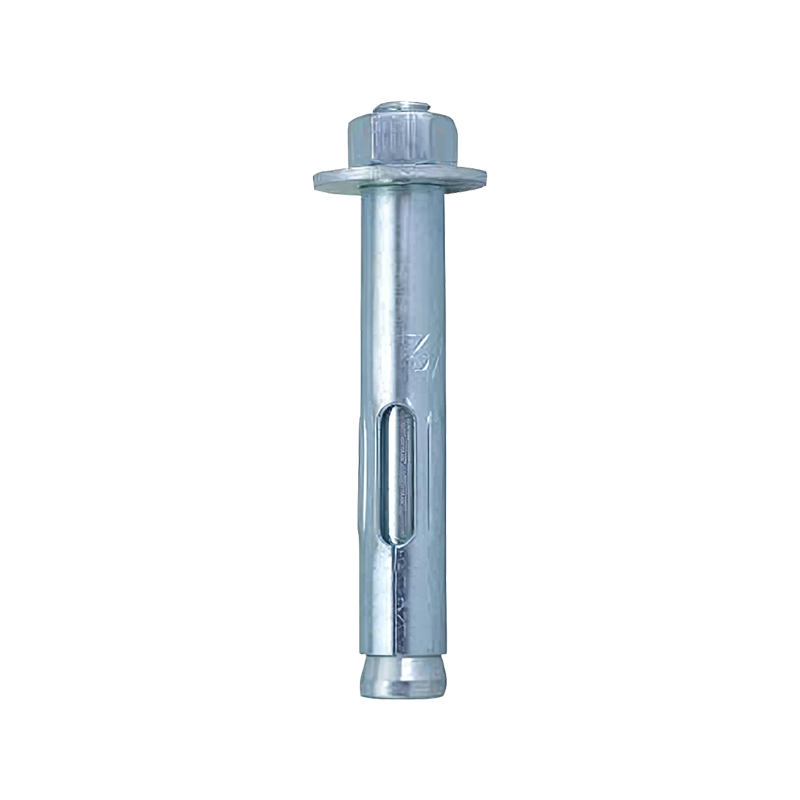
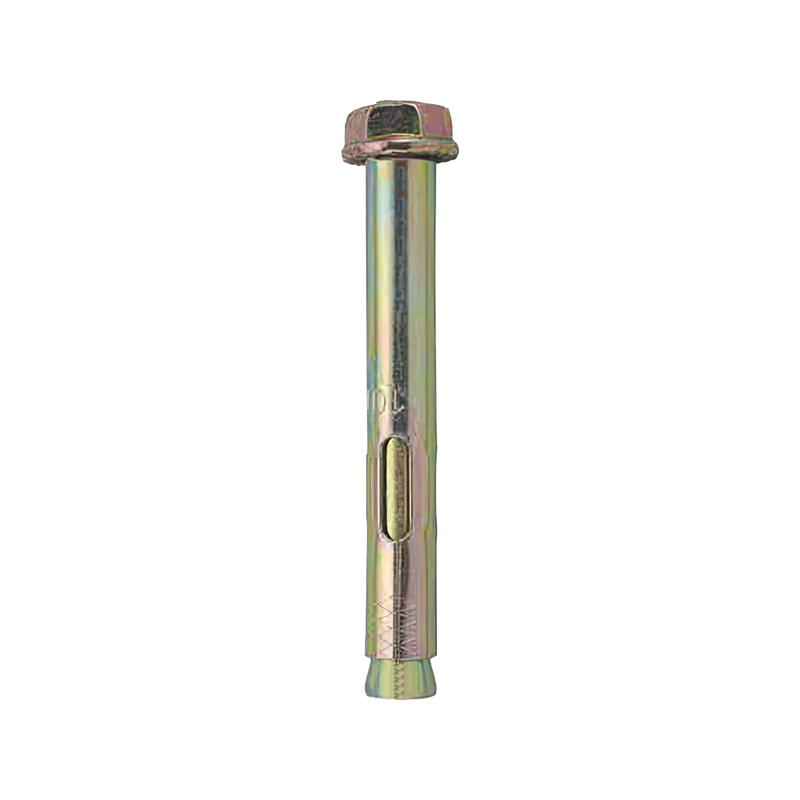

Contact Us